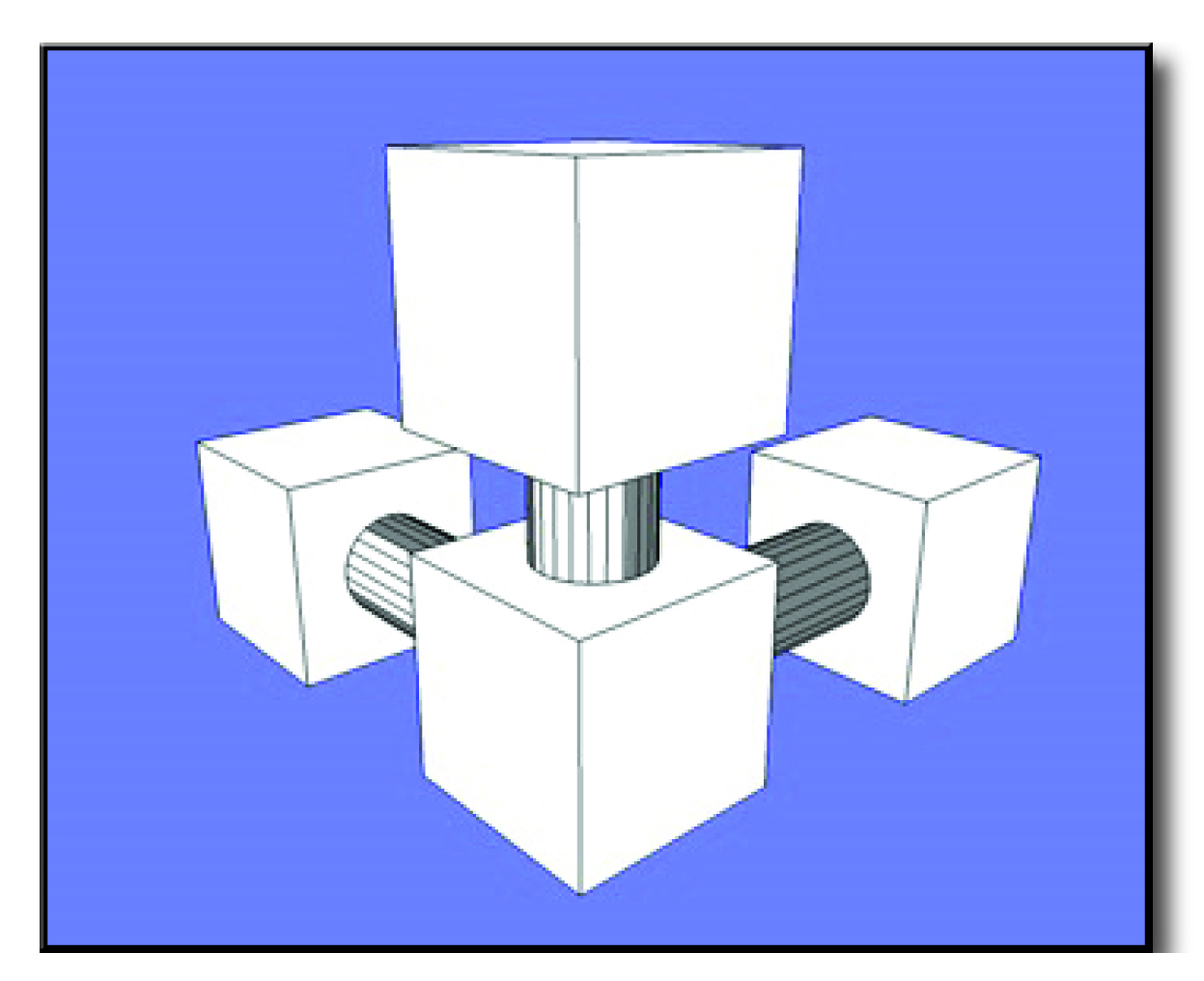Practice-led Design PhD for submission
CURATOR, DESIGNER AND VISITOR INTERACTION IN CULTURAL HERITAGE INTERPRETATION DESIGN PRACTICE
Within the next two days, I will be submitting my thesis and my practice (via the posts and galleries of this website) ready for examination and my Viva on 7th September 2020. Below is my Abstract for the written element, my thesis:
‘This thesis forms 60% of my practice-led doctoral submission and provides an in-depth account of a collaborative and inclusive approach in the professional design of heritage site interpretation. Reflecting on my practice as a professional heritage site interpretation designer, I wanted to understand whether the gaps in curator/designer/visitor communication I experienced was the same for other heritage site interpretation design practices. This initial reflection led to my thesis focus and research question. My design practice in crafting the 3D interactive, kiosk-based, heritage site interpretation for the Cistercian Abbey at Beaulieu in Hampshire is presented as 40% of my doctoral submission. This is portrayed through my ‘Talking Walls- Reflection on Practice’ website. A series of galleries, posts, including the kiosk interpretation, forms the online exhibition submission which can be explored through this link.
The new model for ‘Collaborative Heritage Site Interpretation Design’ developed through Action Research, Practice-led design and Design Thinking approaches, contributes to the field of heritage interpretation design for historic houses, as a business model as well as academic contribution. The model extends a user-centred design and participatory design process to include a consistent curatorial, design and visitors team for the design and development of heritage site interpretation, with the intention of enhancing visitors’ engagement and experiences at heritage sites. The literature review focused on analysing existing heritage site interpretation design practice definitions and theories across three themes: curation, designing for interpretation, and the importance of visitors’ experiences in shaping heritage interpretation. A lack of heritage site interpretation design literature meant this needed to include literature for interpretation design at museums. Museums are generally more advanced than heritage sites in their participatory/co-design interpretation approaches, yet can be considerably different in the context of space, story-telling and interpretative portrayal of historic sites. This includes the use of digital technology, for which the kiosk interpretation was an early advocate in the use of 3D reconstructions and choice of content on mobile platforms at heritage sites.
Recommendations for future research include potential impact in the use of the Collaborative Heritage Site Interpretation Design model and design process for heritage site interpretation design. New technological developments for heritage sites and museums can build upon the collaborative and multi-disciplinary nature of the model. The thesis and model adds value to the field of heritage site interpretation design, providing a method and process for smaller heritage sites and academic research to follow. The growth in practice-led and practice-based design research PhDs is notable, for which this thesis may also be of value to future design students.‘

